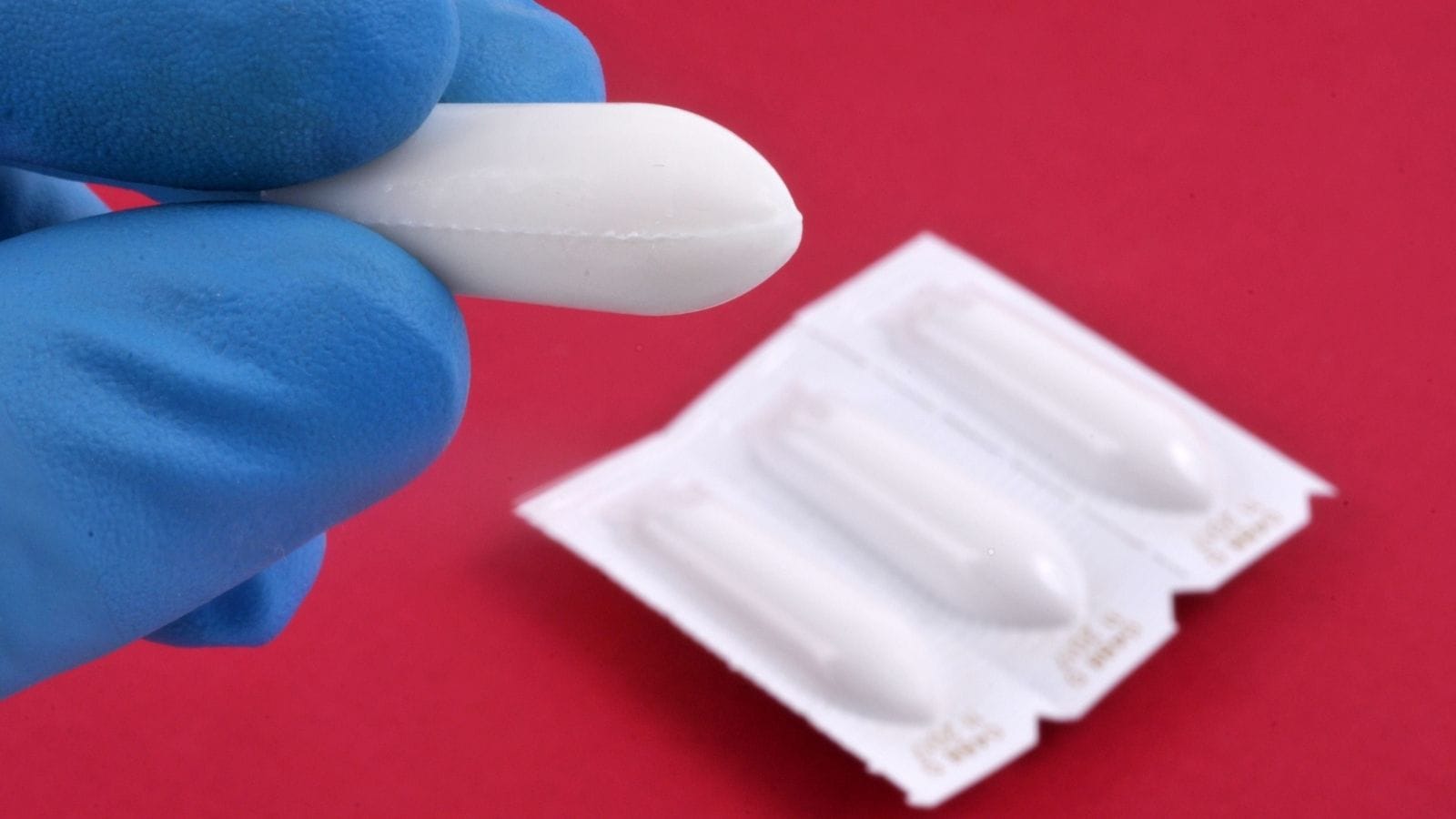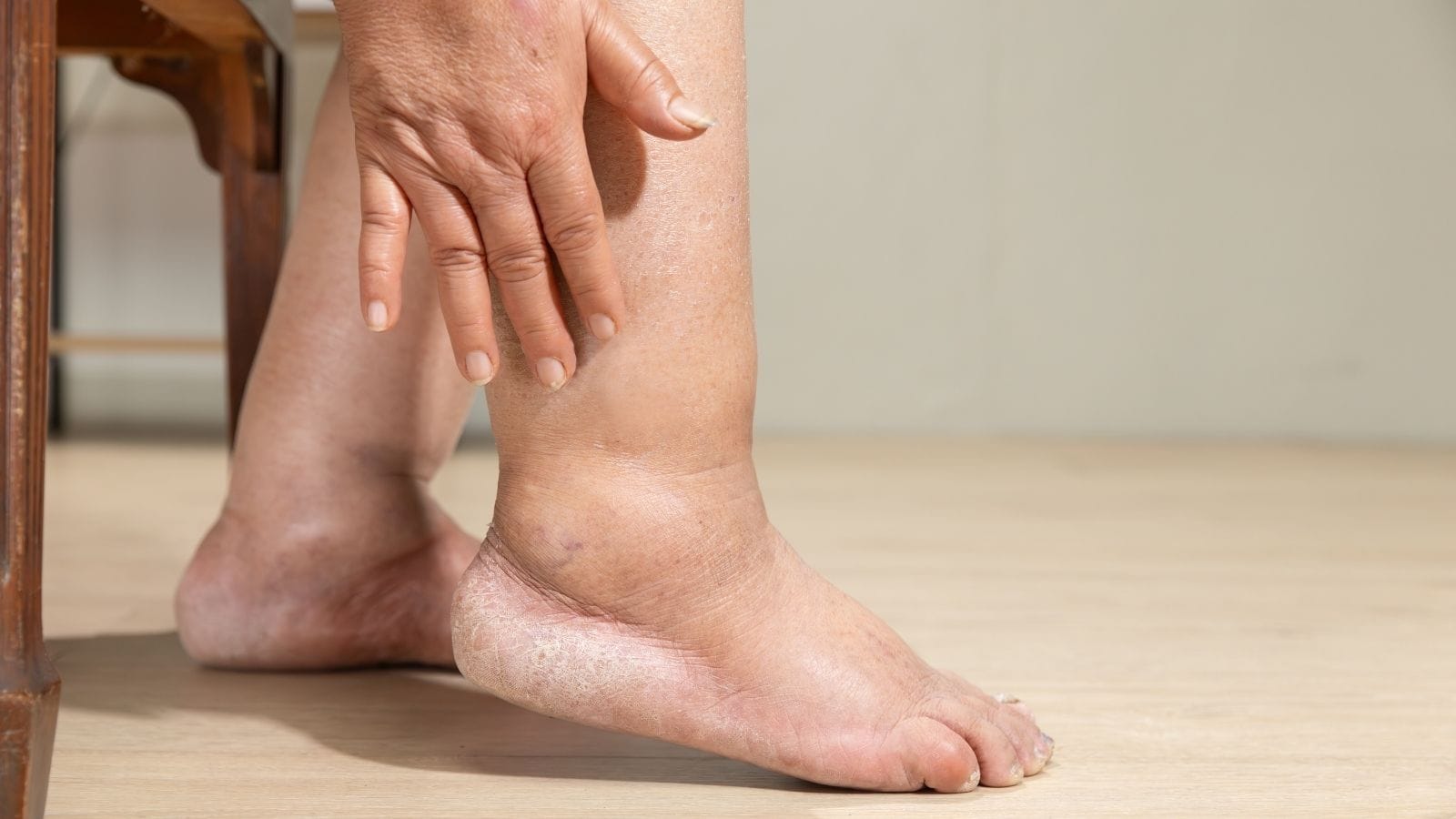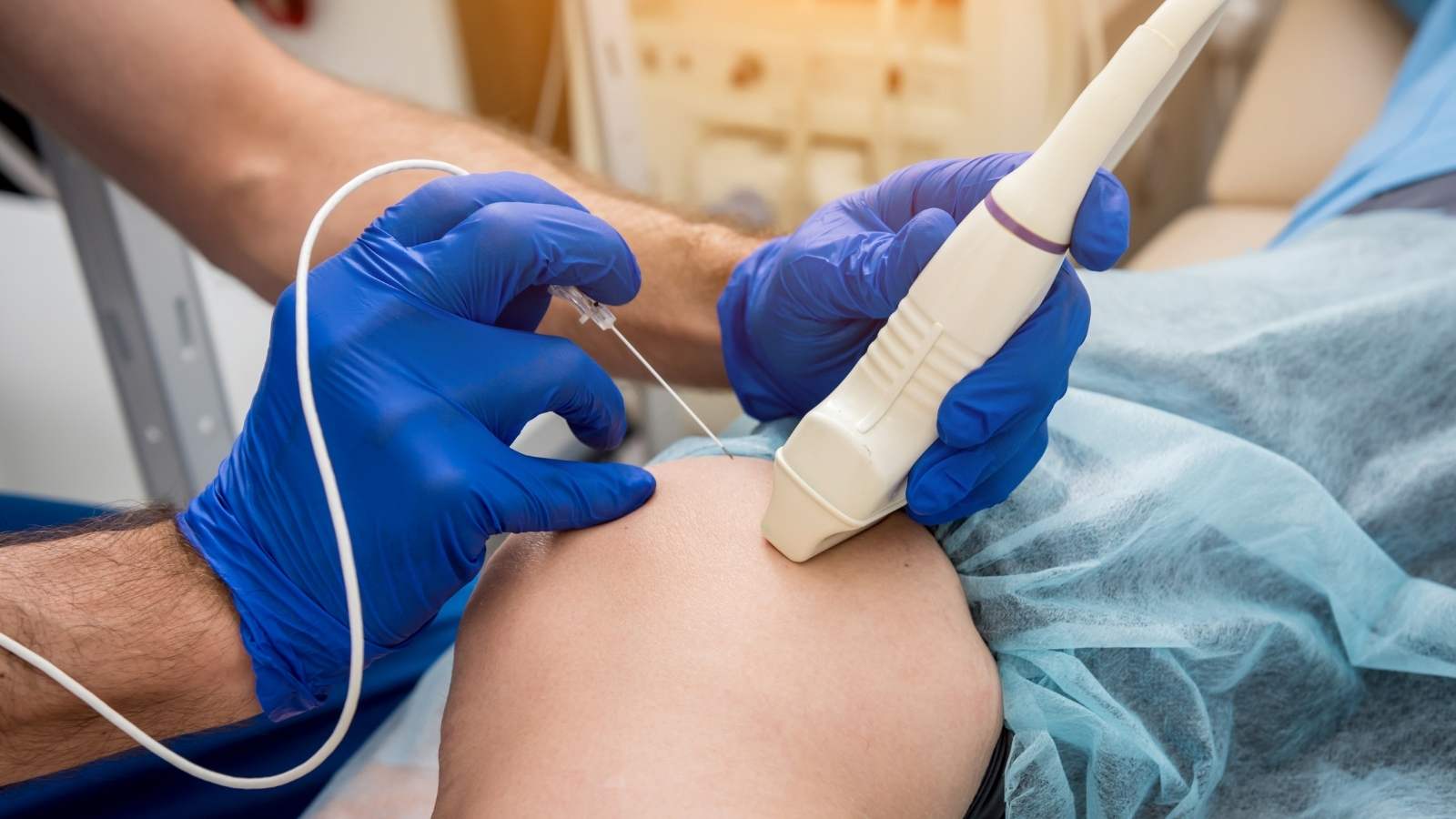The recovery process after radiofrequency procedures is generally rapid, with most patients returning to daily activities within a few days. Minimal tissue damage ensures quicker healing compared to open surgery.
Mild discomfort or temporary soreness may occur at the treatment site. These symptoms usually resolve within a short period and rarely require strong medication.
Follow-up care includes avoiding heavy lifting and monitoring for possible complications. Physicians often recommend gradual return to physical activity to optimize healing.
Long-term outcomes show significant pain reduction and improved function. Radiofrequency procedures provide lasting benefits with low complication risks.
How long does the recovery process usually take after radiofrequency ablation?
RFA is an effective method used in the treatment of different medical conditions, and the recovery period depends on the type of disorder treated and the patient’s individual health characteristics. For cervical or lumbar facet joint RFA performed for chronic pain management, the recovery period is typically quite fast. After these procedures targeting neck and lower back pain, patients can usually resume daily activities the same day. However, it may take two to three weeks to feel the full therapeutic effect.
The recovery time after ablation of liver and lung tumors in oncological applications may be more extensive. Depending on the patient’s overall health status and the characteristics of the treated tumors, this process can last from one to several weeks. Fatigue and a sensation of regional discomfort are common after the treatment.
Endovenous radiofrequency ablation used for the treatment of varicose veins generally provides rapid recovery. The patient can return to normal life within a few days, but mild tenderness or bruising at the treatment site may last for one or two weeks.
What post-treatment care is important for optimal recovery?
Proper care steps are vital to maintain skin health and the effectiveness of the treatment after radiofrequency applications. The treated area may become sensitive after the procedure, and strenuous sports should be avoided for about 1 month.
After RF performed for varicose veins, it is important to gently cleanse the skin during the initial stage. Instead of hot water, lukewarm water and non-irritating cleansers should be preferred to avoid irritation. A non-comedogenic moisturizer is recommended to support the skin’s natural barrier.
Avoiding retinoids or acid-containing products for the first week after the procedure prevents possible irritation. Sun protection is also crucial. A broad-spectrum sunscreen with at least SPF 30 should be applied to the treated area. This measure prevents hyperpigmentation and supports the healing process. To ensure full sun protection, protective clothing and a hat are recommended.
Adequate hydration and a balanced diet during the recovery period should not be neglected. Foods rich in vitamins C and E, in particular, accelerate skin regeneration. Physical activities should also be approached with caution; intense activities should be avoided in the first days after the procedure.
Any abnormal reactions in the treated area should be carefully monitored, and a healthcare provider should be consulted in case of signs of infection. Attending follow-up appointments as directed by the specialist and adhering to personalized instructions increase the success of the recovery process.
Are there any restrictions on physical activity or movement after the procedure?
After RFA, physical activity should be carefully planned to support the recovery process. The treated condition and individual health characteristics determine the restrictions to be applied regarding movement and exercise. Immediately after the procedure, patients are generally advised to rest for a short period and remain under medical observation to detect any complications.
Heavy physical activities should be avoided for the first 24 to 48 hours, and movement should be limited to low-impact activities such as light walking. During this time, it is important to avoid movements that put pressure on the treatment area or may hinder the healing process.
Heavy exercise, weight lifting, or high-impact sports are not recommended for 1 month. During this period, as the body continues its natural healing process, excessive strain may lead to complications.
Between two and four weeks, if the recovery process progresses as expected, more intense activities can be gradually tried with the doctor’s approval. However, if pain, swelling, or any discomfort is felt, activity should be reduced and a healthcare professional consulted.
After four weeks, most patients can return to routine physical activities. However, it is important to listen to the body and reassess activity levels in case of any unusual symptoms. In all cases, guidance from a healthcare professional should be sought before starting an exercise program, and a plan suitable for individual health status should be followed.
What common side effects are experienced during the recovery period?
Mild and temporary side effects are generally observed during the recovery period after radiofrequency ablation. A burning sensation or mild pain in the treated area is one of the most common complaints among patients. This condition is usually described as a discomfort similar to sunburn and decreases within a few days to several weeks. Mild swelling or bruising may also occur at needle entry points. These effects usually resolve on their own and do not require any intervention.
Some patients may report numbness or tingling sensations around the treated area. These feelings are generally related to the nerve healing process and disappear over time. Fatigue or weakness after the procedure is also common and usually resolves within a few days.
Simple management strategies can be applied to cope with these side effects. Painkillers can be used with a doctor’s approval to relieve pain. Applying a cold compress to the treated area helps reduce swelling and pain. Physical activity should be limited and rest should be prioritized for the first few days. Adequate fluid intake and a balanced diet can also accelerate the recovery process.
However, if increasing redness, severe pain, or signs of infection such as fever are noticed, or if side effects last longer than expected, a healthcare provider should be consulted immediately. In this way, your recovery process can progress healthily and smoothly.
When should you contact your healthcare provider during the recovery period?
Most patients can return to their normal activities within a short time after radiofrequency ablation. However, certain symptoms should be carefully monitored during the recovery period. Mild discomfort in the treated area is normal, but severe or increasing pain may be a sign of a complication. Early detection of conditions such as nerve damage or infection is important. Likewise, if there are signs of infection such as redness, swelling, increased warmth, or discharge in the treated area, together with systemic symptoms such as fever or chills, a healthcare provider should be consulted immediately.
Bleeding and hematoma are other complications that require attention. Especially unexpected bleeding or large bruising may indicate damage to blood vessels. Cardiac symptoms, such as palpitations, irregular heartbeat, shortness of breath, or chest pain, may indicate a recurrence of arrhythmia or the presence of other heart problems. In cases of severe pain or difficulty breathing, the healthcare team should be contacted without delay.
Although neurological symptoms are rarer, they require urgent intervention. Sudden headache, vision loss, difficulty speaking, or weakness on one side of the body should be evaluated immediately. Shortness of breath or swelling in the legs may indicate heart-related complications or deep vein thrombosis. In such cases, seeking medical help without delay is vital for a healthy recovery process.
Radiofrequency Treatment Reviews
You can check out Prof. Dr. Özgür Kılıçkesmez’s reviews on Google Maps or Doktortakvimi.

Interventional Radiology and Neuroradiology Speaclist Prof. Dr. Özgür Kılıçkesmez graduated from Cerrahpaşa Medical Faculty in 1997. He completed his specialization at Istanbul Education and Research Hospital. He received training in interventional radiology and oncology in London. He founded the interventional radiology department at Istanbul Çam and Sakura City Hospital and became a professor in 2020. He holds many international awards and certificates, has over 150 scientific publications, and has been cited more than 1500 times. He is currently working at Medicana Ataköy Hospital.









Vaka Örnekleri